Corstorphine & Wright’s brief was to celebrate the structure’s historical significance, while creating a habitable and commercially viable holiday let
A former WW2 bunker on the Dorset coast has been transformed into an inconspicuous holiday home by Corstorphine & Wright.
Located on a working dairy farm within the Dorset Area of Outstanding Natural Beauty, this forgotten historical artefact has been brought back into use, recently opening its doors to guests.
After discovering a series of these abandoned, subterranean bunkers on their land, the client wanted to celebrate the historical significance of the structure whilst creating a habitable and commercially viable space.
After becoming Grade II listed during the planning process, the designers worked closely with Conservation Officers and Heritage Consultants to develop a proposal which would fulfil both aspirations for the bunker.
Part of the ‘Chain Home’ Radar system during WW2, the bunker, along with several others on the clients’ land, and a perimeter of aerial arrays dotted along the English coast, were designed to detect incoming enemy aircraft and signal their position. This technology became instrumental in the successful defence of the UK against German air raids during the Battle of Britain.
The design for the bunker is rooted in the structure’s history and retains as much of the original fabric as possible. The entrance remains as it was, whilst a new ‘bomb blast’ opening in the existing fabric allows natural light into the space, as well as sea views across Ringstead Bay.
Internally, the concrete walls have been left exposed to retain the original aesthetic and the historical layout of the bunker has largely been untouched.
Jonny Plant, director at Corstorphine & Wright, said: “The bunkers’ design is completely unique and there are no standard details to deal with such a building. The most challenging part of the design was the detailing to retain the original internal concrete, whilst also insulating and waterproofing it. In the end, the only option was to completely expose the bunker structure, insulate and waterproof the building from the outside, effectively wrapping it in insulation and waterproofing and then returning the earth and replanting.”
This approach has resulted in a well-insulated envelope with thick thermal mass, minimizing energy requirements to heat the internal spaces. The banked earth walls have also allowed a covering of planting and foliage to re-establish over the structure and provide new habitats for wildlife.
Project details
Architect Corstorphine & Wright
Main contractor D K Eastment Groundworks Ltd
Structural engineer Symmetrys
Quantity surveyor Tim Richards
Concrete flooring Choice Concrete Ltd
Carpenter Jack Wood
Ground source heat pump Power Naturally Ltd
Insulation and damp proofing Maclennan (LSE Building Preservation Ltd)
Windows and doors Eastment
Concrete penetrations Southern Chasing Ltd









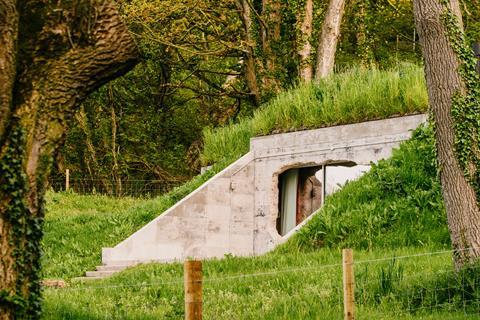
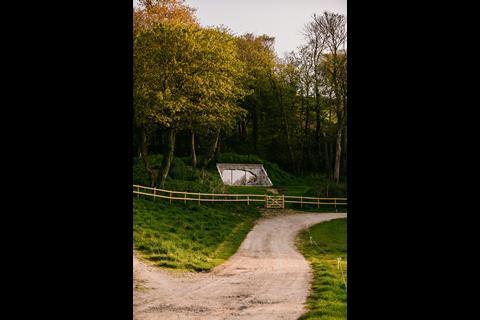
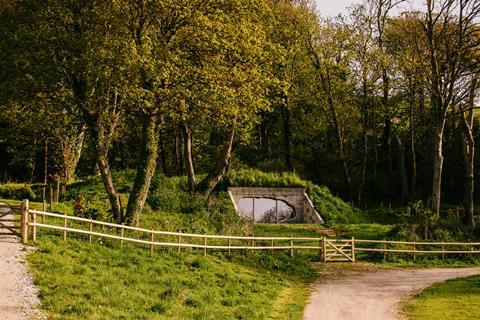
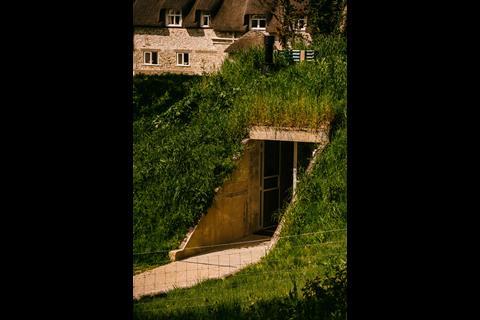

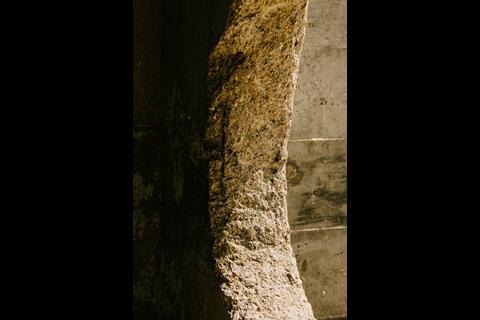
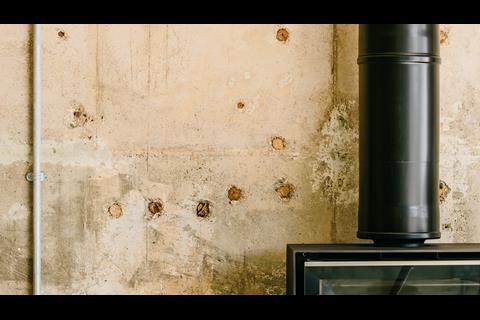
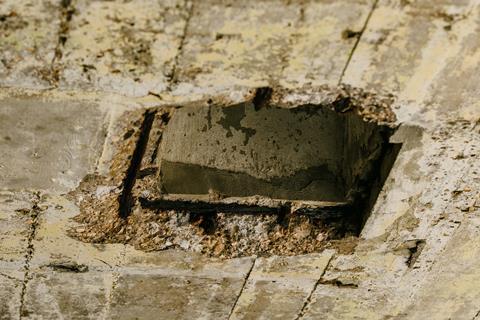


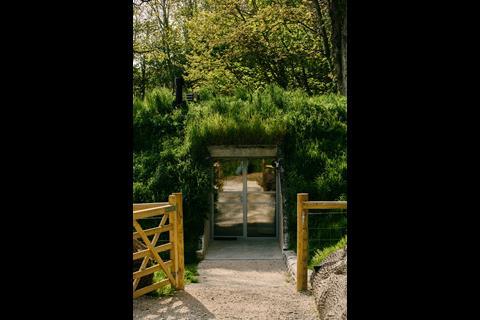



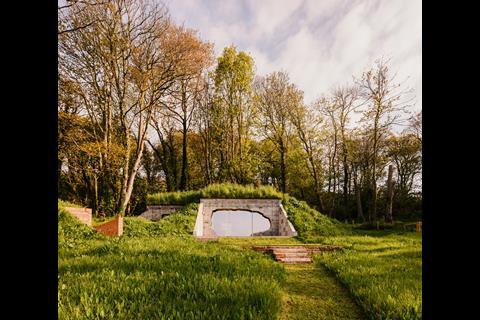
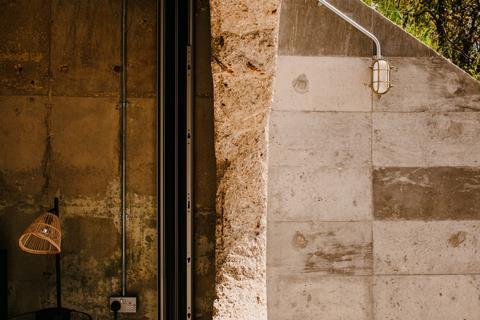
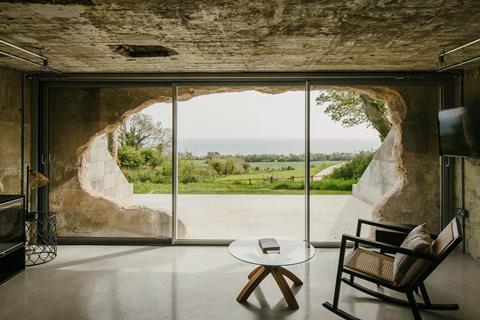


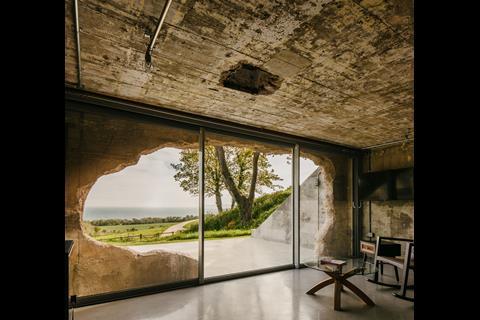
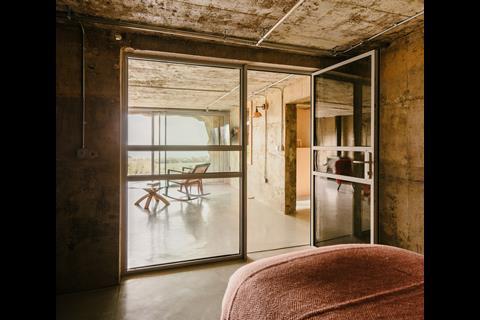
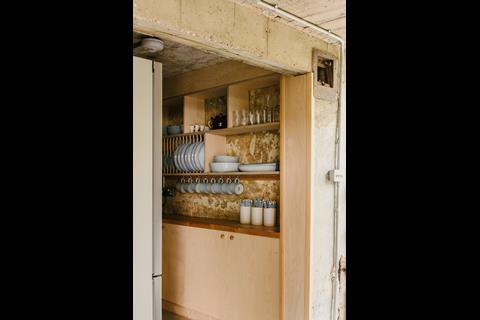
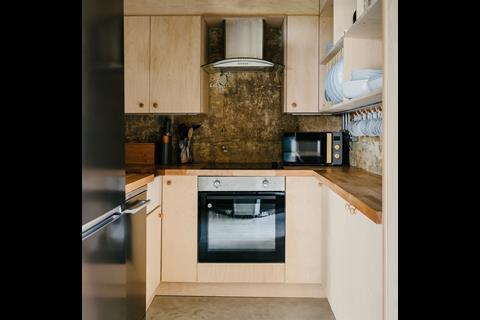
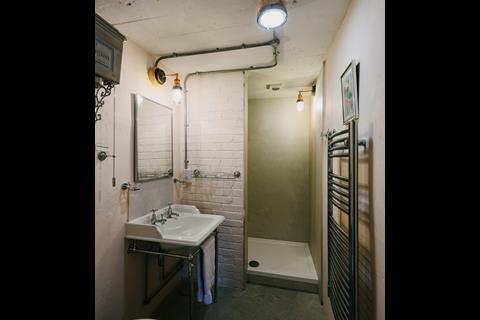
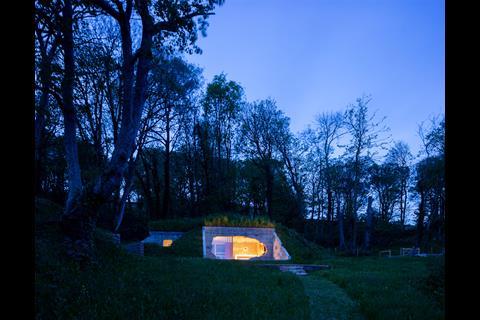







No comments yet